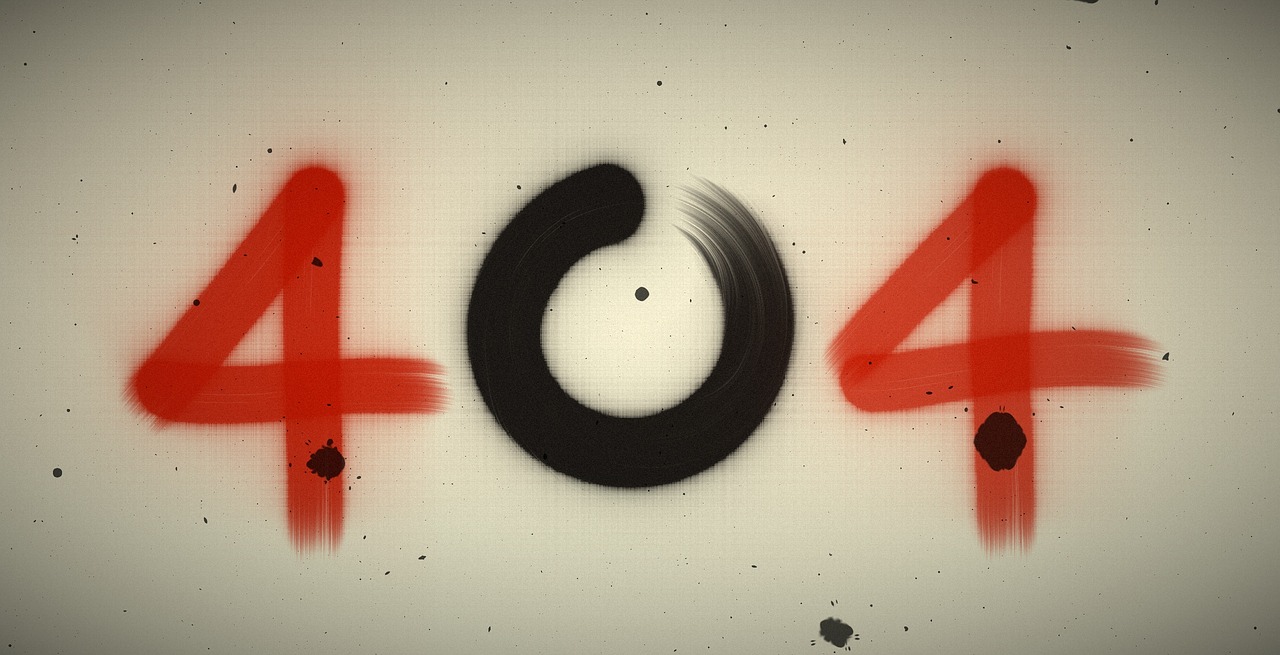I'm pleased to introduce a new acquisition: a remarkable piece of artwork crafted by the second-generation master of the Main Branch of Ryubundo during its early years in the late Edo period, 18th century.
Below are the dimensions and key features at a glance:
Dimensions:
Weight: Approx. 1780 g / 3.92 lbs
Lid Weight: Approx. 440 g / 0.97 lbs
Large Mouth Diameter: Approx. 11 cm / 4.33 in
Height Without Handle: Approx. 11 cm / 4.33 in
Outside Diameter at Largest Point: Approx. 16 cm / 6.30 in
Volume Capacity: Approx. 1.6 L / 54.1 fl oz (when filled to the top)
Purpose: This large-mouth teapot was specially made for the Japanese tea ceremony, offering dual functionality:
As a kettle (tetsubin)
As a brazier (rogama)
Signature: This teapot is signed by the Ryubundo workshop and crafted by the artisan 安之助 (Yasunosuke). The final character in the signature, known as a "kao" (花押) in Japanese, serves as a unique personal mark or signature. During the Edo period, it was common for artisans to use a kao instead of a family name, functioning similarly to a Western autograph. This distinctive signature identifies the piece as an authentic creation by the second-generation master of the Ryubundo Kyoto Main Branch, making it an exceptionally rare and significant find.
Design: Features a Mado-e stripe design, emphasizing minimalist yet elegant aesthetics.
Condition: Antique condition with signs of wear on the surface and verdigris on the bronze lid. There are no cracks or leaks, and the interior shows minimal rust, as visible in the photos.
 |
| Side view, the spout toward the left. |
 |
| Frontal view highlighting the spout and bronze lid. |
 |
| Side view, the spout toward the right. |
 |
| Rear view highlighting the arched handle and bronze lid. |
 |
| Angled close-up highlighting the textured Mado-e stripe design, spout, and bronze lid with a chrysanthemum-shaped knob. |
 |
| Close-up side view showcasing the spout, Mado-e stripe design, and bronze lid with a chrysanthemum-shaped knob. |
 |
| Close-up left side view highlighting the spout, Mado-e stripe design, and bronze lid. |
 |
| Close-up right side view showcasing the Mado-e stripe design and bronze lid. |
 |
| Close-up of the bronze lid, featuring a chrysanthemum-shaped knob. |
 |
| "Underside view of the bronze lid, highlighting the artisan's engraved signature and natural patina. |

 |
| Underside view of the teapot, highlighting the textured base and aged patina. |
 |
| Top-down view of the teapot interior, highlighting natural patina. |
Quality of Edo Period Ryubundo Metal and Health Benefits
The Ryubundo workshop, renowned during the Edo period, was celebrated for its mastery in crafting cast iron teapots using high-quality iron. The purity and durability of the metal ensured excellent heat retention and uniform heating, essential for tea preparation. This high-grade iron was not only valued for its functionality but also for its potential health benefits. Over time, as the teapot is repeatedly used, a natural layer of rust may develop inside. This rust, known as "red rust" (赤錆, akasabi), is non-toxic and entirely harmless to the body. In fact, when small amounts of iron dissolve into the water during boiling, it can contribute to increased iron intake, which is particularly beneficial for individuals with iron deficiencies.
Using a Ryubundo teapot for boiling water or preparing tea not only enhances the flavor profile but also carries a subtle health advantage. The tradition of using such teapots showcases the perfect balance between craftsmanship, cultural significance, and a holistic approach to well-being that was deeply ingrained in Japanese culture during the Edo period. Let me know if you'd like additional refinements or additions!
Artisan and Legacy of Ryubundo
This exceptional tetsubin was crafted by the renowned Ryubundo workshop, a name synonymous with excellence in cast iron artistry since its inception. Ryubundo’s origins trace back to Meiwa 1 (1764), when its founder, Shihō Ryubun, established the first tetsubin using the innovative "lost wax casting" (蝋型鋳造, rōgata chūzō) technique in Kyoto. This groundbreaking method allowed for intricate and refined designs, setting a new standard in Japanese cast ironwork.
The workshop adopted the name "Ryubundo" during the tenure of the second-generation master, Shihō Yasunosuke. Yasunosuke elevated the workshop’s reputation to new heights, becoming renowned for his exceptional skill and leadership. He mentored other legendary artisans, including Hata Zōroku, famed for the “Zōroku” tetsubin, and Shōhei of Kamibundō, the founder of the distinguished Kamibundō workshop. Under Yasunosuke’s leadership, Ryubundo became a cornerstone of Japanese tea culture, revered for producing teapots that were both functional and artistic masterpieces.
This tetsubin reflects not only the unparalleled craftsmanship of Ryubundo but also the enduring legacy of artisans like Yasunosuke, who shaped the art of tetsubin-making and passed their expertise to future generations.










No comments